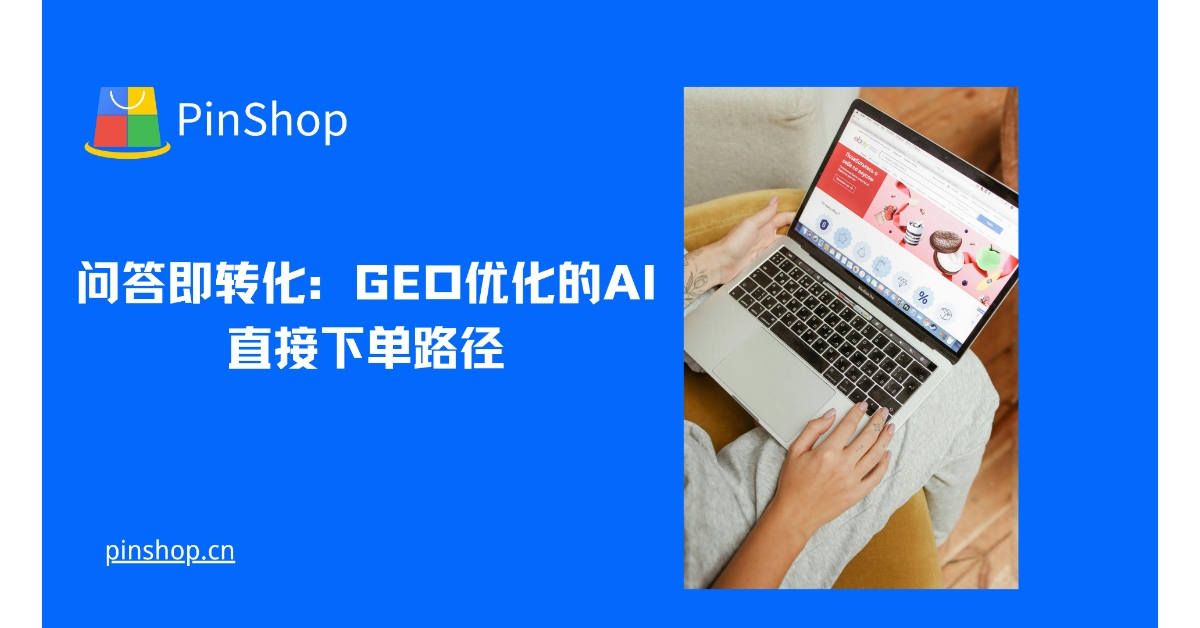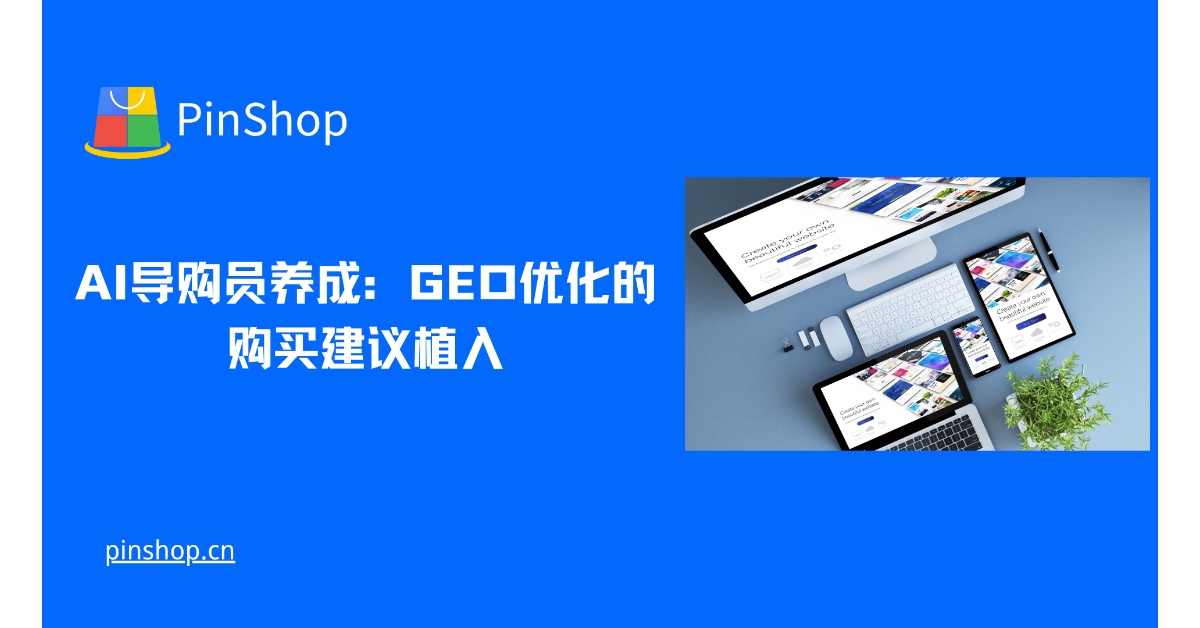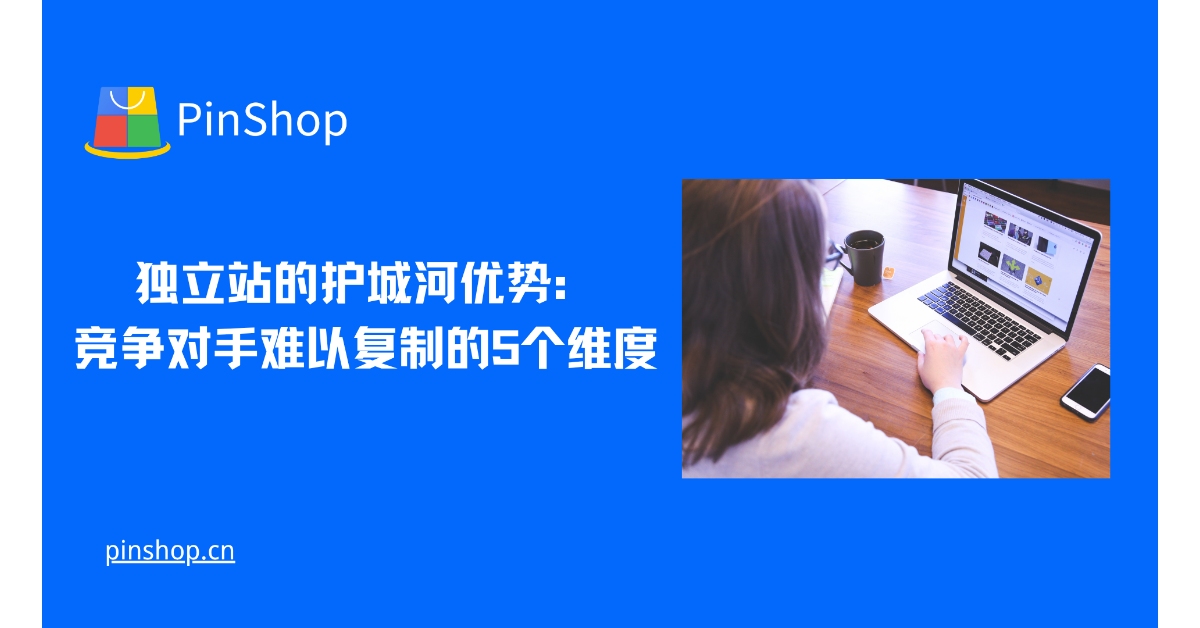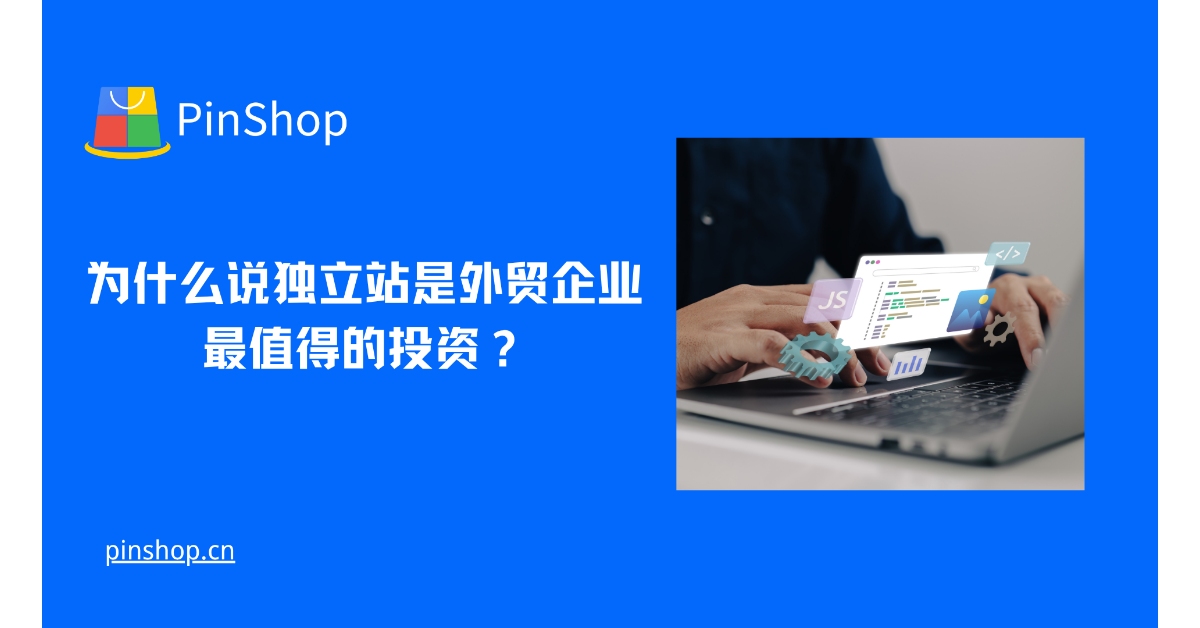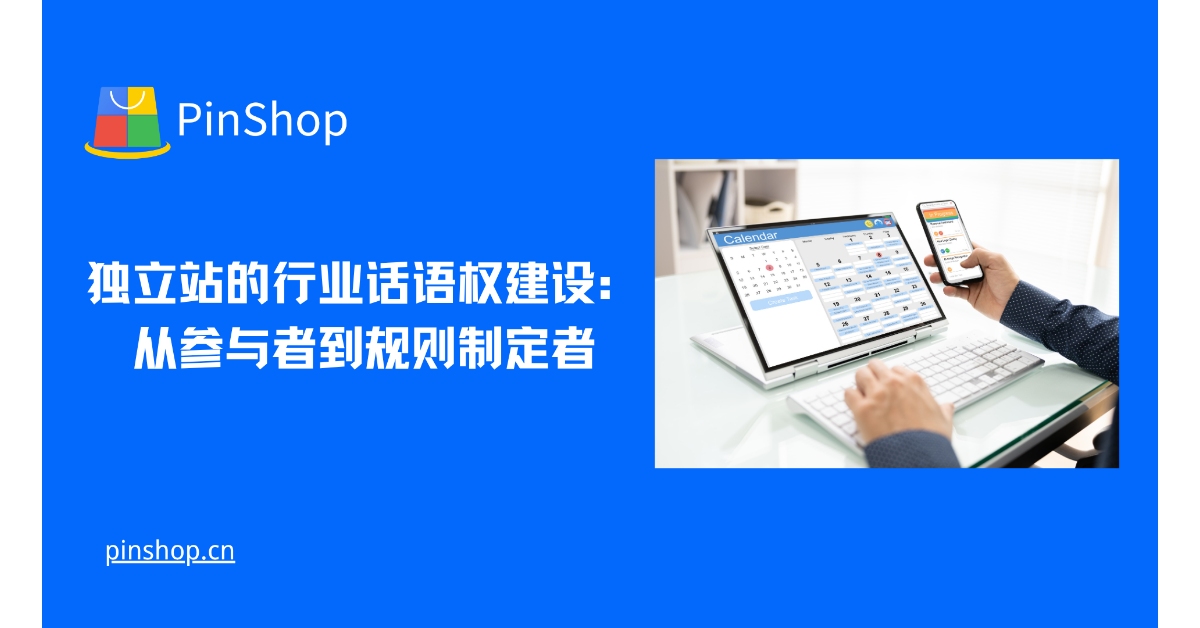Bain & Company's "2025 Competitive Barriers Report" points out that independent websites with strong competitive advantages (or moats) experience a market share growth rate 2.3 times higher than the industry average, and customer retention rates are 60% higher. Data from a survey by the China Council for the Promotion of International Trade shows that independent websites that have built multiple competitive barriers have, on average, increased their product pricing power by 35%, and increased the cost for competitors to imitate them by four times. Research by the Global Digital Business Alliance (GDBA) emphasizes that the complex barriers built by independent websites across dimensions such as data assets, user relationships, and brand awareness are reshaping the competitive landscape of the industry.
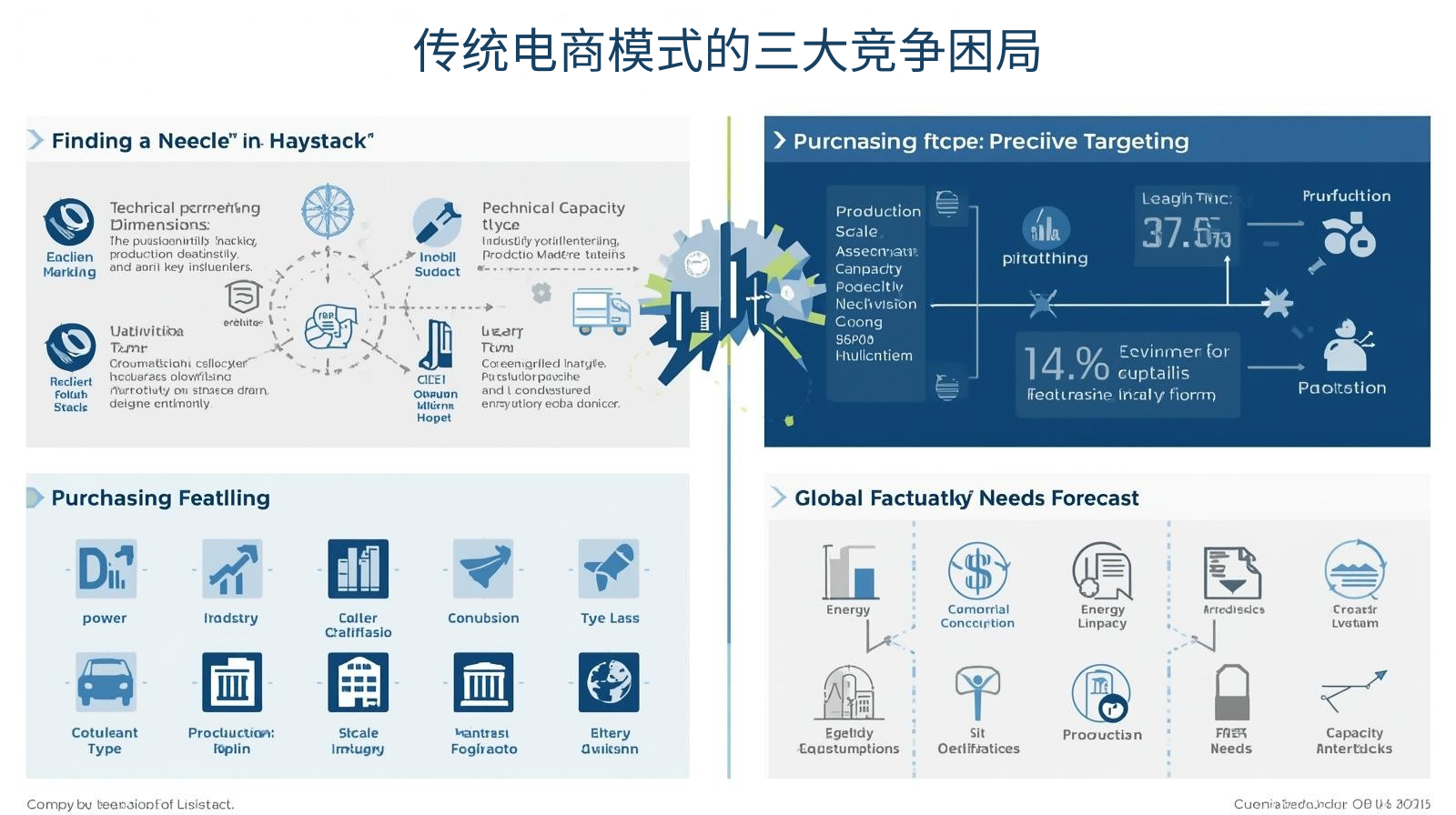 Three major competitive challenges of traditional e-commerce models
Three major competitive challenges of traditional e-commerce models
1. Severe homogenization
- 2,000 similar products appeared in a certain product category (Case study from China E-commerce Research Institute)
- Price wars have caused profit margins to fall below 5%.
2. Lack of user loyalty
- Brand awareness among platform consumers is less than 30% (based on a survey by a clothing brand).
- Repurchase rate continues to decline
3. Innovations are easily copied.
- New product copied within 3 days of launch (a dilemma for a smart hardware manufacturer)
- Research and development investment is difficult to recover
The 5 major competitive advantages of independent stations
1. Data asset barriers
- A database of 100,000+ user behavior tags (a case study of precision marketing for a beauty brand)
- Data Accumulation across the entire consumer journey
A study by the Digital Economy Center of the China Council for the Promotion of International Trade states: "For every year that independent websites accumulate data assets, the cost for competitors to imitate them increases by 40%."
2. User Relationship Depth
- Membership system contributes 65% of revenue (case study of a luxury brand)
- Personalized service response mechanism
Data from the Global Digital Commerce Alliance (GDBA) shows that user interaction frequency on independent websites is 5-8 times higher than that of platform sellers.
3. Brand perception monopoly
- Industry keyword searches account for 70% (Case study of an industrial brand)
- Brand content assets continue to appreciate
4. Unique Technical Architecture
- Customized Algorithm Recommendation System (Case Study on Improving Conversion Rates in a Cross-Border E-commerce Platform)
- Deeply coupled front-end and back-end design
5. Ecological Collaboration Network
- A system with direct connections to 200+ suppliers (a case study in the manufacturing industry)
- Exclusive Entry for Partners
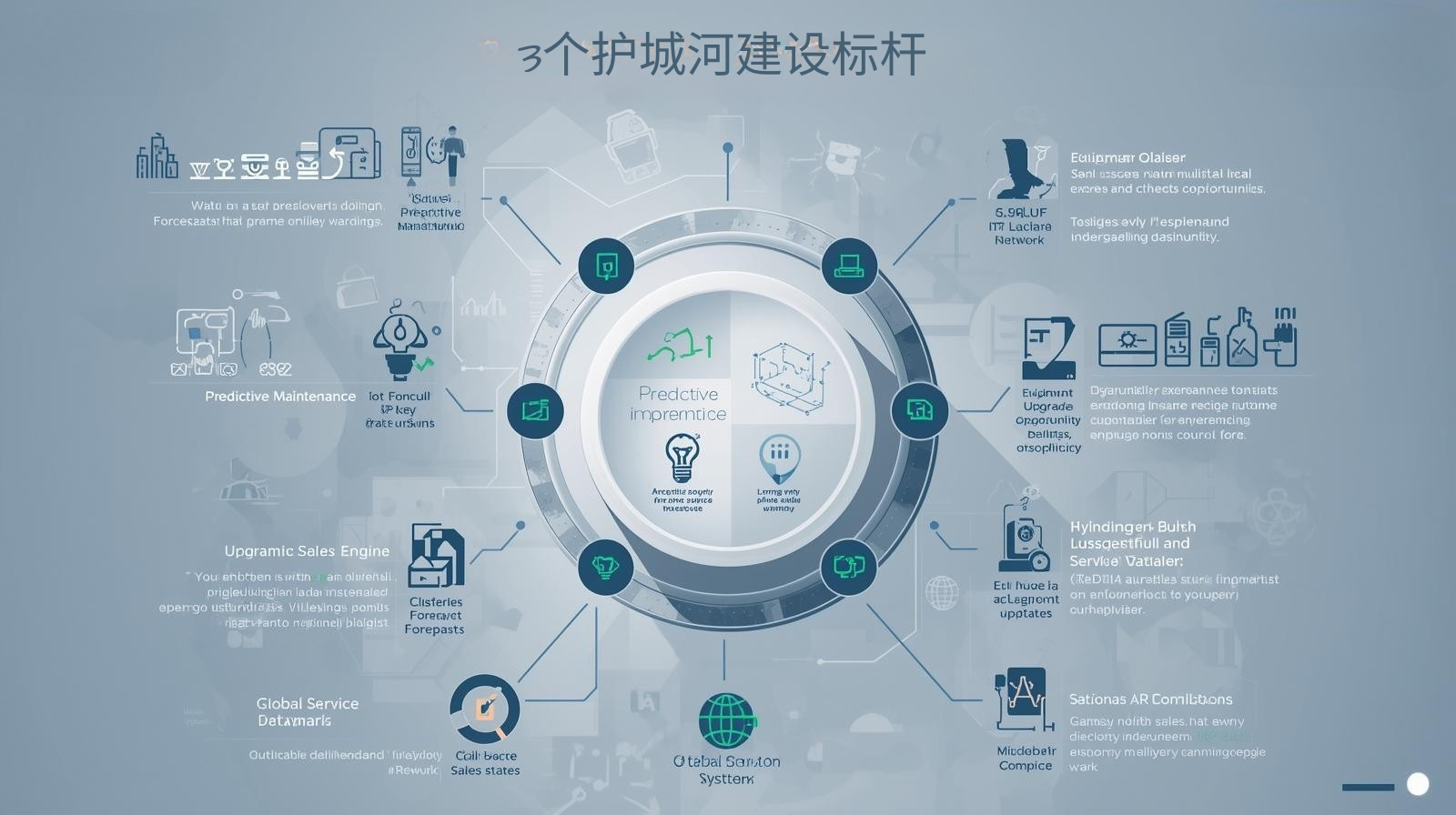 Three benchmarks for moat construction
Three benchmarks for moat construction
Case 1: Shenzhen Consumer Electronics
- User data drives product iteration.
- The imitation period for competing products has been extended to 18 months.
Case 2: Zhejiang Fabric Supplier
- Designer community builds creative barriers
- Product premium reaches 40%.
Case 3: American Health Brand
- Subscription model + health management ecosystem
- Customer churn rate less than 5%
Pinshop solution
Pinshop offers: ✅ Data asset management platform ✅ Membership relationship enhancement system ✅ Brand content matrix tool ✅ Competitive barrier assessment model
Visit the Pinshop website now
Recommended article: Multilingual Independent Website Strategy: Balancing Localization and Internationalization 

